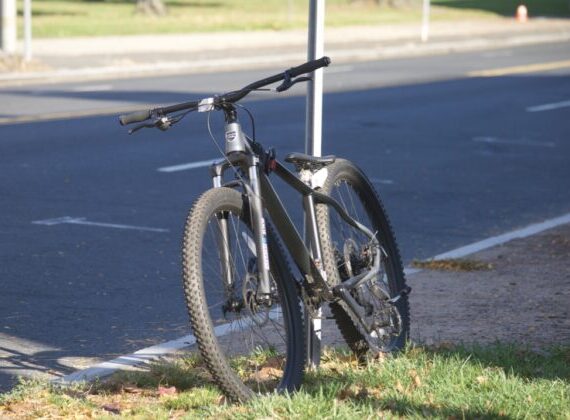 Ramps are the new Swedish leech.
Ramps are the new Swedish leech.
Maybe someone with refined sensibilities can tell the difference between a ramp and any other kind of leek, or an imported “supreme” Swedish leech and the ones found down in the lake, but desirability has consequences beyond thinning one’s wallet. In the 19th century, those exotic Swedish leeches were in such high demand that they faced extinction, Andrea Rapacz, the Head of Interpretative Projects at the Connecticut Historical Society, told me.
Apparently, those hip imported leeches were better quality because they knew when to stop drawing blood from the patient.
A leech jar is one of the more pleasant objects in the current exhibit: This Won’t Hurt a Bit! A History of Pain Relief.
Squeamish readers might be the ones with the most to gain from this exhibit. Seeing historical pieces of medical equipment creates perspective on the options we have today.
 Rapacz said this display was partially inspired by the way that “pain is a universal feeling.”
Rapacz said this display was partially inspired by the way that “pain is a universal feeling.”
Moving through the rooms at CHS, one can learn about pain management and medical procedures used throughout Connecticut’s history.
A section highlighting the Civil War debunks myths that Rapacz says are still held about that era. There were cases of amputations and such happening on the battlefields without any type of pain relief, but at the time, they did have chloroform, morphine, and whiskey to help the wounded, she said.
That cocaine and heroin had been used by medical professionals is no secret, but seeing legit packaging for the drugs highlights how medical trends change as rapidly as current food trends. This is seen in the collection of tools for trephining — the practice of boring holes in the skull as an attempt to relieve or cure anything from severe headaches to epilepsy.
 It’s easy to judge those who practiced these dangerous procedures or administered habit-forming, and likewise, dangerous substances…to think of them as terribly archaic, but the presence of equipment that only recently went out of vogue, or in some cases, continues to be used, shows that the industry has not made leaps and bounds across the board. The forceps on display are a reminder that childbirth has and continues to be treated more like something that always mandates medical intervention, than a natural experience that sometimes requires more assistance. While forceps have been associated with cranial trauma and had fallen out of favor with the popularization of c-sections and the use of vacuums, there has been backlash in recent years, with some questioning the safety of the latter methods.
It’s easy to judge those who practiced these dangerous procedures or administered habit-forming, and likewise, dangerous substances…to think of them as terribly archaic, but the presence of equipment that only recently went out of vogue, or in some cases, continues to be used, shows that the industry has not made leaps and bounds across the board. The forceps on display are a reminder that childbirth has and continues to be treated more like something that always mandates medical intervention, than a natural experience that sometimes requires more assistance. While forceps have been associated with cranial trauma and had fallen out of favor with the popularization of c-sections and the use of vacuums, there has been backlash in recent years, with some questioning the safety of the latter methods.
Though the use of pain-relieving drugs during childbirth is sometimes seen as a sign of female weakness, one glance at the long epidural needle on display could convince adolescents to postpone sexual activity.
It might have that effect on adults too.
Less cringe-inducing are the materials manufactured and discoveries made in Connecticut. The E.E. Dickinson Company of Essex was not just a major producer of witch hazel; it is also credited as having started commercial production of the astringent. Horace Wells’ contributions to pain relief are highlighted in the exhibit. Hartford’s J.M. Ney Company was responsible for producing gold caps for teeth and some of the goods are on display.
Bling. Hartford Has it.
The pain exhibit at the Connecticut Historical Society (One Elizabeth Street) will be displayed through late September. The museum is open Tuesday-Saturday. Admission prices vary, but there will be free admission on June 1st and June 8th.

Chris
I knew about Dickenson’s witch hazel (there’s a bottle in my medicine cabinet right now) but I didn’t know about the dueling Dickensons back-story in your Yankee article link. They’re like the Mozzicatos of the astringent world.
Kerri Provost
Well played.